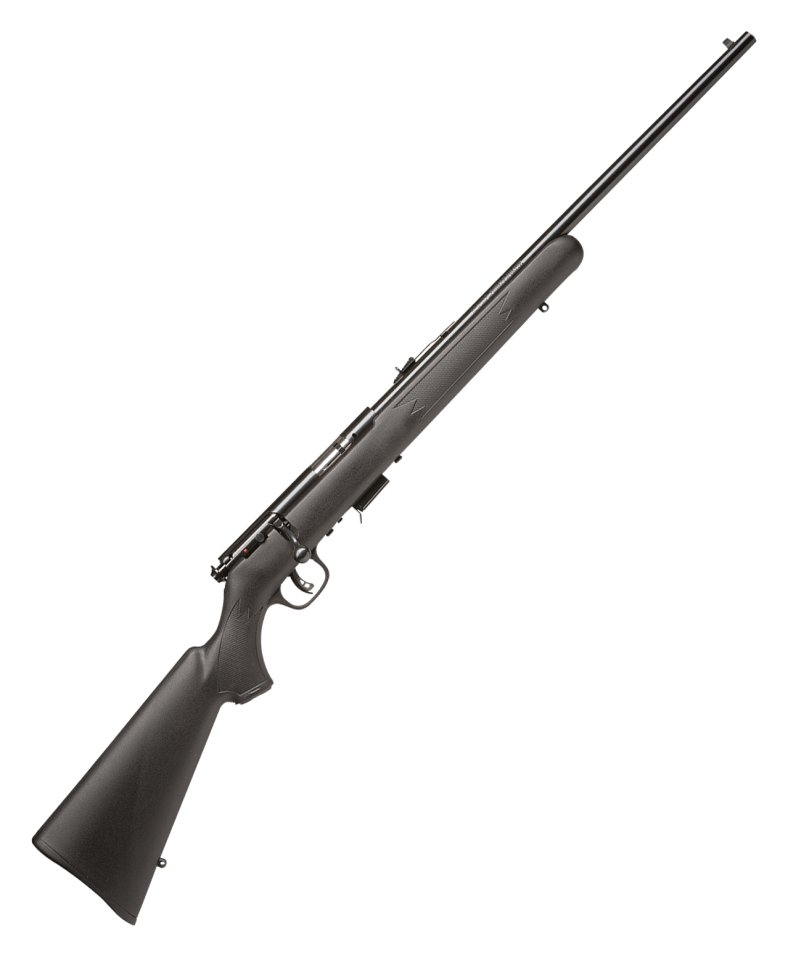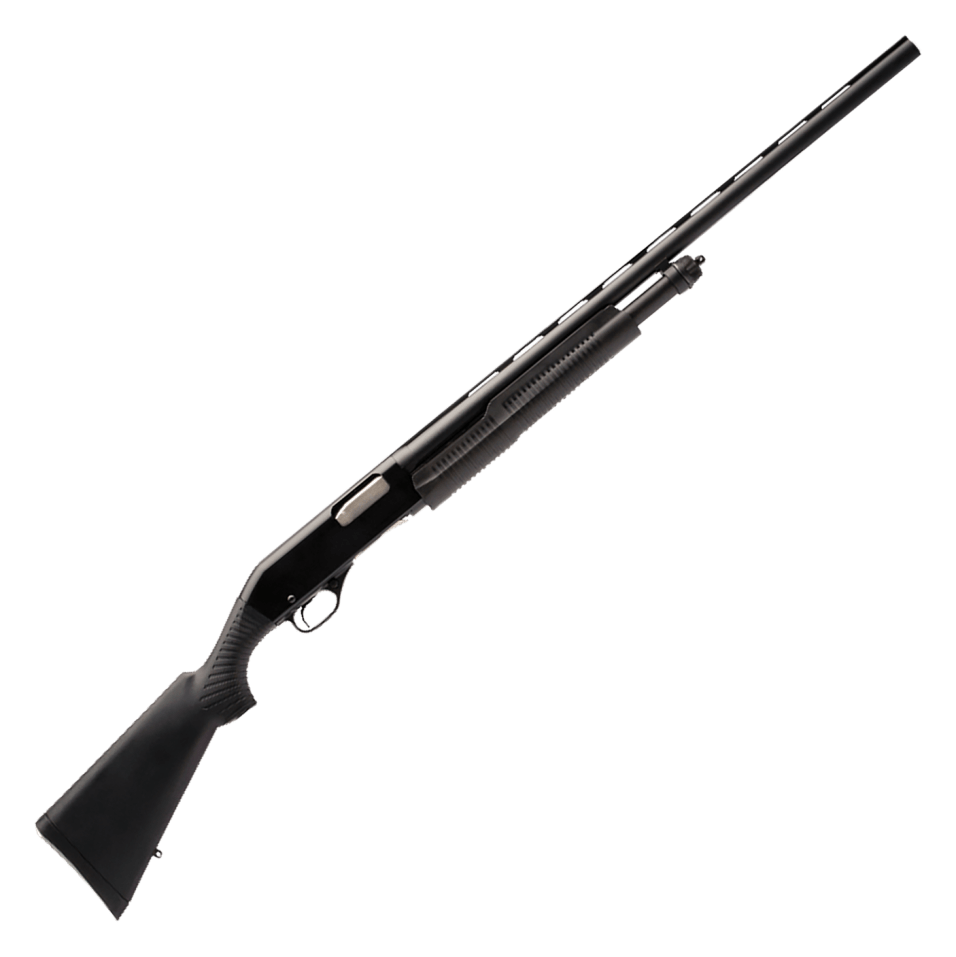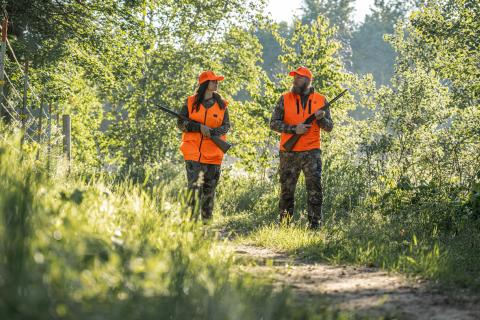
Small Game Hunting: A Savage Staple
Small game season is officially here! Many hunters hit the fields and woods in pursuit of small game for food, fun, and bonding time with family and friends. Small game hunting is a staple of American hunting culture, and many passionate hunters trace their roots back to hunting squirrels, rabbits, and other small game critters as kids. So let’s talk about important items to know for small game hunting!
The Critters You’re Chasing
Small game can refer to various animals you can hunt, such as squirrels, rabbits, upland birds, and furbearers. Today, we’ll focus on two popular small game animals: squirrels and rabbits.
Squirrels
Some love them, some hate them, but everyone knows the bushy-tailed critters that roam the woods across the country. Squirrels are a staple of small game hunting due to their plentiful numbers, minimal equipment needs, and versatility in preparation. They are typically found near trees, often preferring large stands of timber where they can find hard mast crops like nuts and acorns.
Rabbits
Another go-to small game animal is the rabbit. Commonly hunted species include the cottontail rabbit and jackrabbit. Cottontails are widespread across the US, while jackrabbits are primarily found in the western US and Great Plains states. Rabbits typically inhabit brushy cover and tall grass along the edges of woodlands and fields, as well as in swamps and other dense areas.
Seasons and Regulations
Seasons and regulations vary by state, but small game seasons typically start in August and September and extend into winter, often through February and March. Most states require a small game hunting license or permit, which is usually inexpensive and readily available.
Since there is no specific “tag” for squirrels and rabbits, most states enforce daily bag limits and possession limits. The daily bag limit refers to the number of each animal you can harvest in one day, while the possession limit is the total number of harvested animals you can have at any time. These limits help prevent overharvesting and ensure the populations remain stable.

States may also regulate the firearms you can use to hunt squirrels and rabbits, depending on your hunting location. For instance, you might be required to use shotguns in public land near housing developments to avoid potential harm to neighboring properties. Some areas may also require non-toxic ammunition.
Season dates, rules, and regulations vary widely by state. Be sure to check local laws before heading out to hunt small game. Many states provide this information in hunting guides or regulation booklets available before the season. Consult local sporting goods retailers or your state’s fish and wildlife agency for more details.
Small Game Gear
One of the appealing aspects of small game hunting is its simplicity. You can start with just your firearm and a good pair of boots, or you can opt for more specialized gear like seats and calls. Here are some essential items to consider for small game hunting:
Firearm
Your most important companion in the field is your firearm. When hunting small game like squirrels and rabbits, popular options include rimfire rifles, often chambered in .22 Long Rifle. The .22LR cartridge is excellent for small game due to its effectiveness at close range without damaging the meat. It also has minimal recoil, making it suitable for youth hunters or those sensitive to recoil. For longer ranges, consider the .17 HMR or .22 Magnum.
Savage Mark II F Bolt-Action Rimfire Rifle
The Savage® Mark II F Bolt-Action Rimfire Rifle is an ideal rifle for small-game hunting, informal target shooting, and plinking. Savage's AccuTrigger® enables shooters to obtain exceptional accuracy with the Savage Mark II F by allowing you to easily adjust it to your desired weight of pull for a light, crisp release with no creep.
Shop Now- Savage A22 Semi-Auto Rimfire Rifle
- Savage 64F Semi-Auto Rimfire Rifle
- Savage Rascal Single-Shot Bolt-Action Rimfire Compact Rifle
- Savage 93R17F Bolt-Action Rimfire Rifle
- Savage Revel Lever-Action Rimfire Rifle
Another option for small game hunting is a shotgun, which is particularly popular for hunting fast-moving rabbits. Any gauge can be used, but smaller gauges like .410 bore, 28 gauge, and 20 gauge are favored for their lighter weight and recoil. Additionally, shotguns may be required in areas where rifle hunting is not permitted, so check local regulations before heading out.
Savage Arms Stevens 320 Field-Grade Pump-Action Shotgun
It's great for hunting birds or busting clays, and the Savage Arms® Stevens 320 Field-Grade Pump-Action Shotgun comes at a perfectly affordable price. This reliable performer comes with a rugged synthetic stock and forend that'll stand up to harsh treatment and outdoor conditions. The chrome alloy steel barrel is blued and finished in matte black to match the light alloy receiver.
Shop NowFor a full list of great Savage firearms, check out this page on our website!
Boots
A good pair of boots is critical for small game hunting. Look for boots with good traction and comfort, and consider waterproof options if you’ll be in wet areas.
Seats
When small game hunting, sitting quietly can be beneficial. Bring a cushion or camp stool for comfort while waiting for game.
Clothing
Wear comfortable clothing; camo can help, but earth tones are also effective. Don't forget gloves and blaze orange for safety.
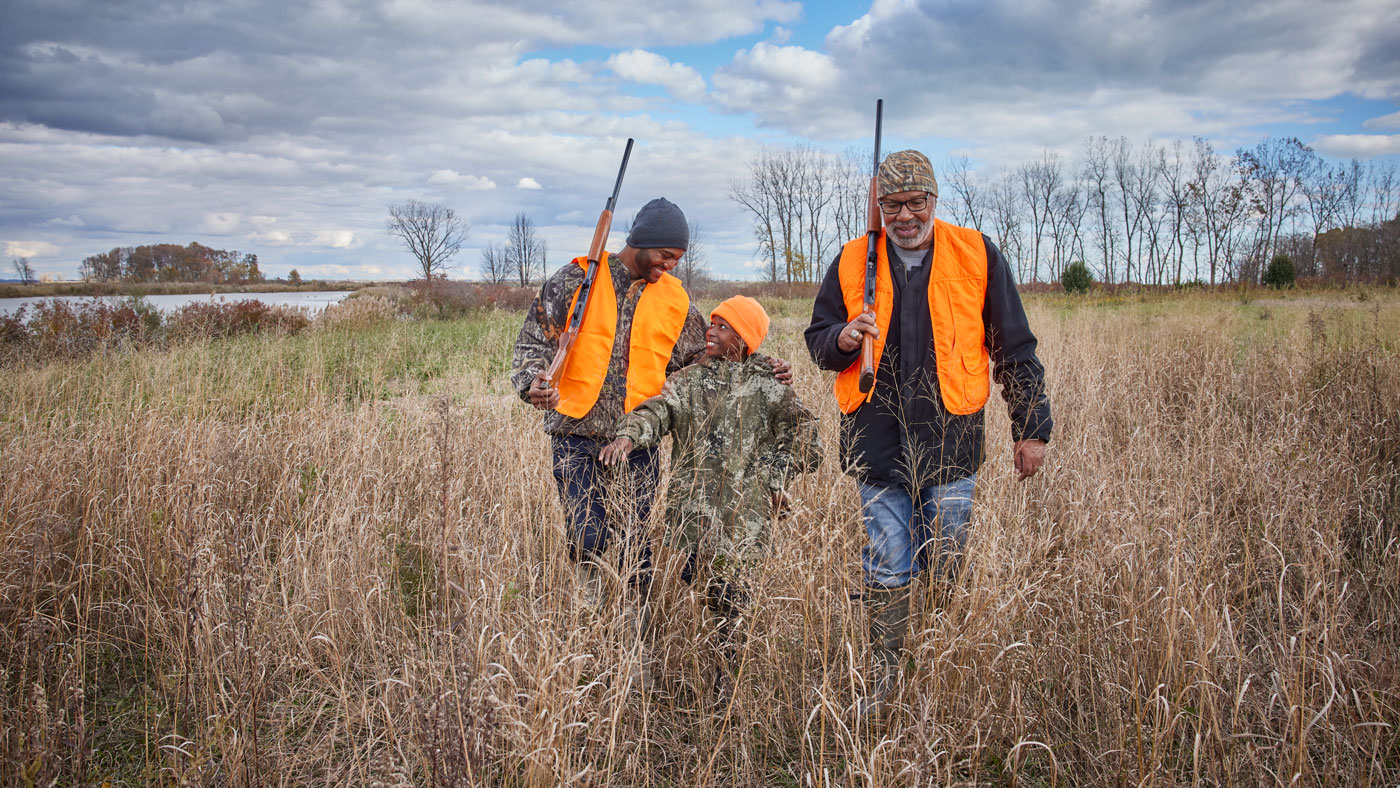
Calls
Calls can attract squirrels and rabbits. Squirrel calls are most effective during their breeding season in late fall and winter.
Rabbit calls, particularly distress calls, can attract predators but are less commonly used.
Dogs
Hunting with dogs, especially beagles, can be effective for flushing rabbits. Dogs help locate and push rabbits into open areas.
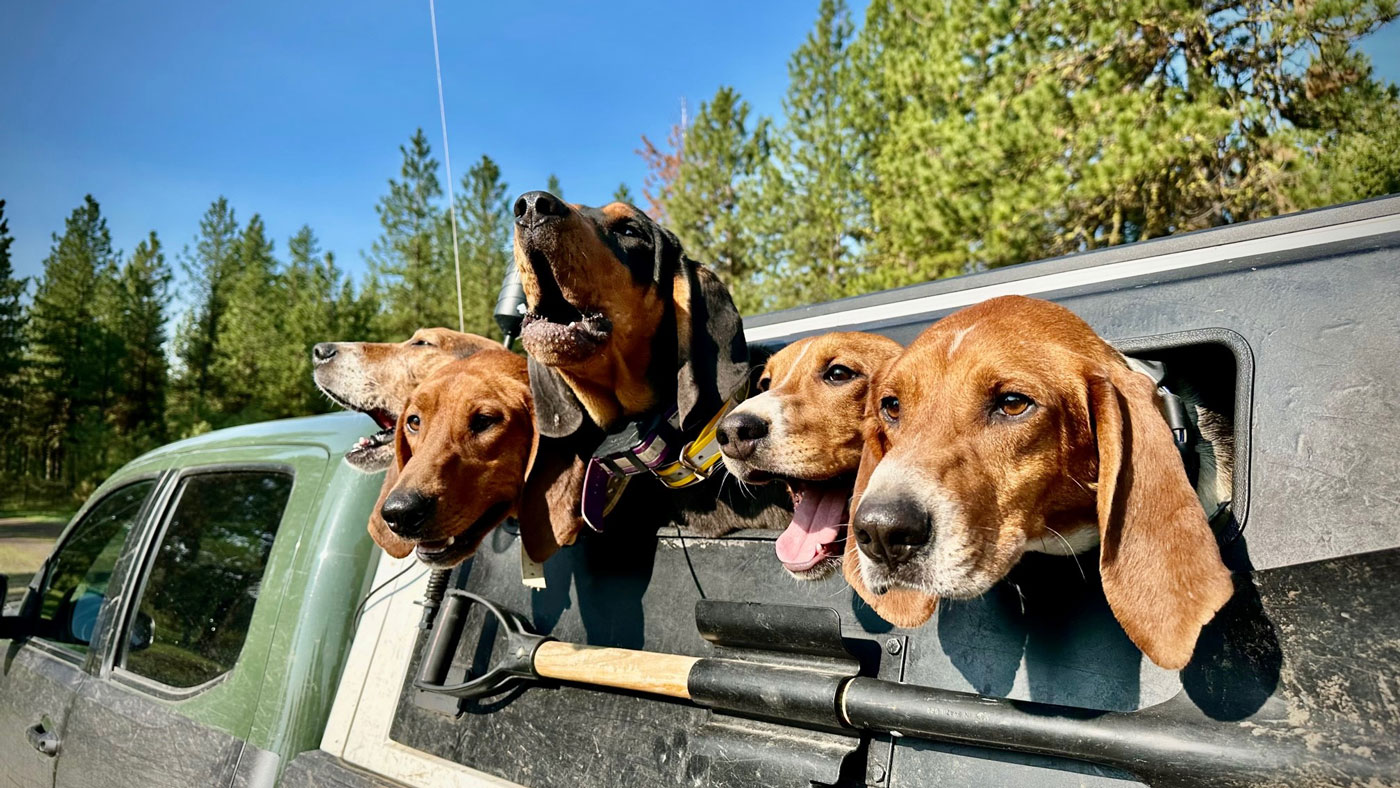
Hunting Tactics
When rabbit hunting, walk through brushy areas to flush them out. Zig-zag patterns and attentive listening are key.
For squirrel hunting, you can either sit and wait or walk slowly through the woods, scanning for movement.
Hunting later in the year during colder weather can increase your chances of success.
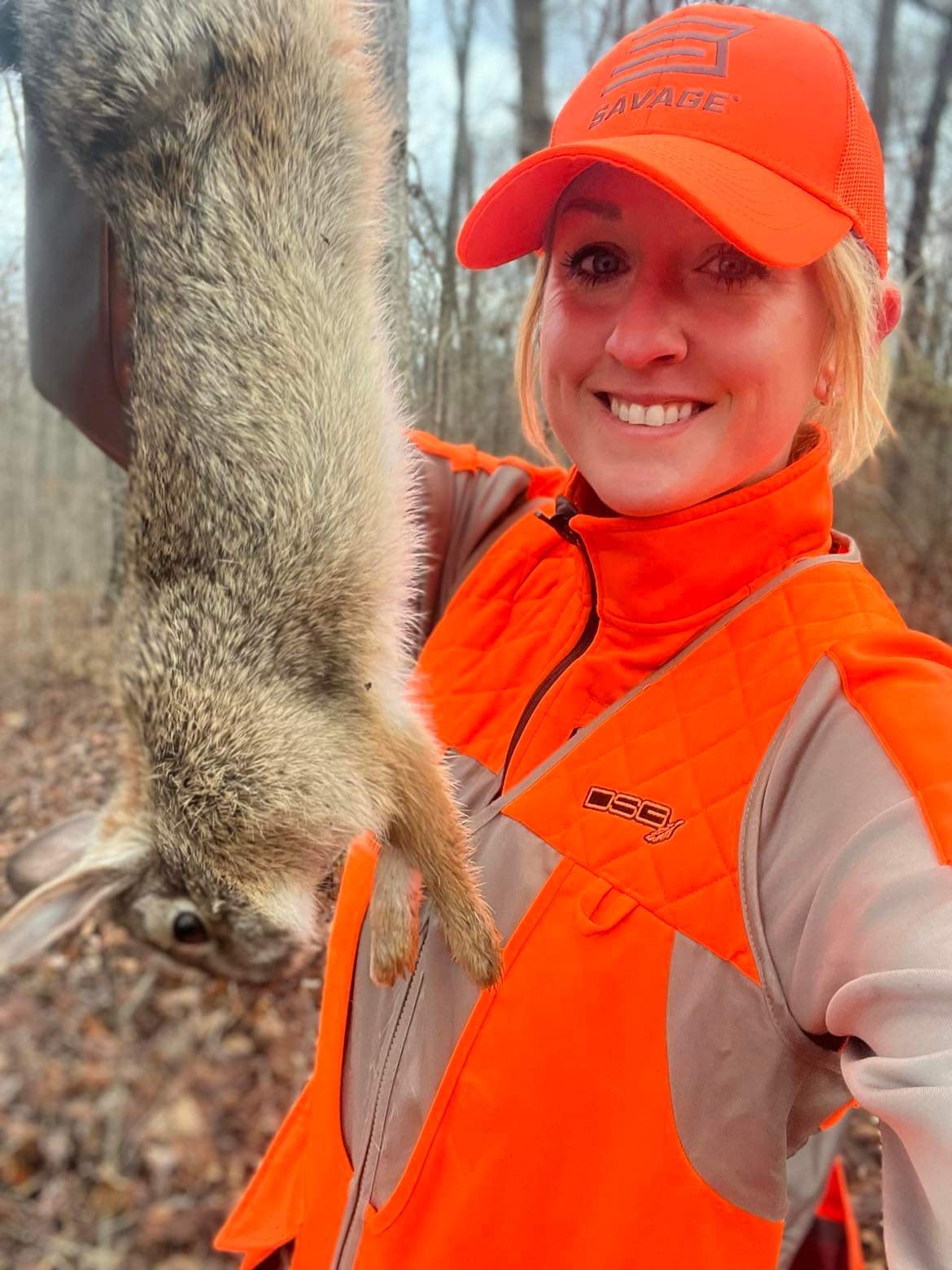
For recipes, check out:
Check out Wild Table for more wild game recipes!
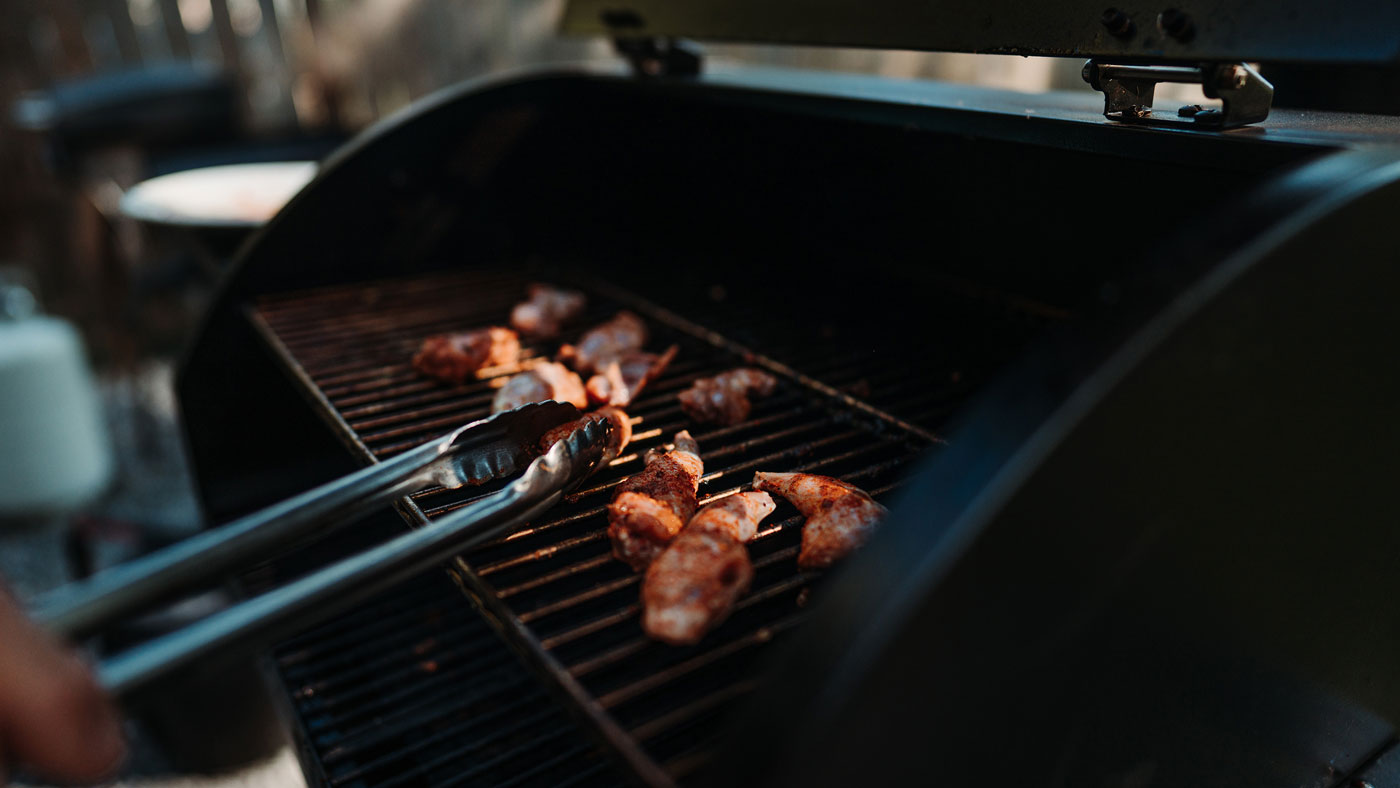
Small game hunting is a great way to introduce both kids and adults to the sport. It teaches valuable lessons about the outdoors.
--
See the original article on savagearms.com.
- 8238 views


